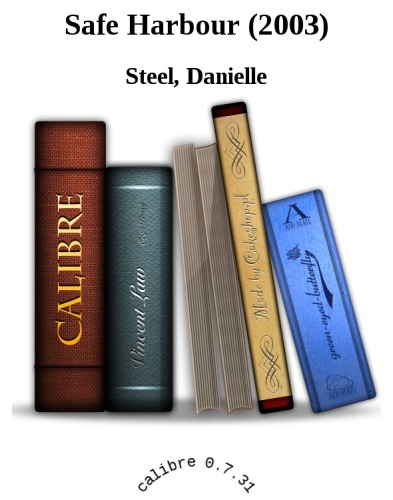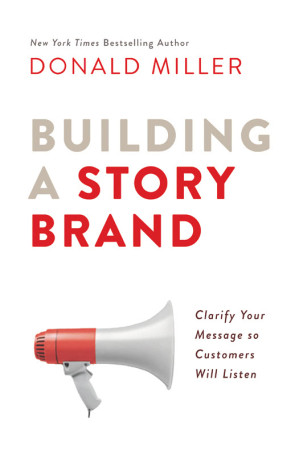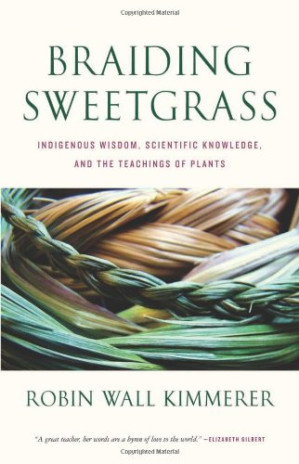Grief requires safe harbors, not quick fixes.
Ophélie's healing begins when she stops fighting her pain and allows herself to be vulnerable with Matt.

Book summary
by Danielle Steel
A poignant tale of friendship, family, and hope after devastating loss
Widow and daughter find healing through unexpected friendship
Topics
Read one emotional healing theme per day and reflect on how the characters' journeys relate to your own experiences with loss or resilience. Use Readever to track insights about grief processing and identify emotional safe harbors in your life. Highlight Steel's most poignant moments of connection and set reminders to practice vulnerability in your relationships. Use Readever's AI to analyze emotional patterns and suggest healing practices based on the novel's themes.
Things to know before reading
Safe Harbour follows Ophélie MacKenzie, a French-born widow struggling with depression after losing her husband and son in a tragic accident. Her 11-year-old daughter Pip strikes up an unlikely friendship with a reclusive artist named Matt Bowles, who becomes the catalyst for their healing journey. The novel explores how unexpected connections can provide safe harbors during life's most turbulent storms.
*Safe Harbour* demonstrates how friendship, art, and courage work together to mend broken hearts and rebuild shattered lives.
Ophélie's healing begins when she stops fighting her pain and allows herself to be vulnerable with Matt.
Pip's innocent friendship with Matt opens the door to her mother's emotional recovery.
Matt's paintings and Pip's photography become vehicles for expressing and processing their shared grief.
Ready to continue? Launch the Readever reader and keep turning pages without paying a cent.
This summary reveals how to navigate profound grief, rebuild family bonds, and discover unexpected sources of strength. You'll learn how to create emotional safe harbors for yourself and loved ones when facing devastating loss.
Key idea 1
Ophélie's healing begins when she stops fighting her pain and allows herself to be vulnerable with Matt.
The novel shows that true healing from devastating loss happens gradually, through small moments of connection and acceptance. Ophélie's journey from deep depression to renewed engagement with life demonstrates that grief needs compassionate witnesses, not solutions. Matt's quiet presence and artistic perspective provide the emotional safety she needs to process her trauma.
Remember
Key idea 2
Pip's innocent friendship with Matt opens the door to her mother's emotional recovery.
Eleven-year-old Pip demonstrates remarkable resilience and intuition in reaching out to Matt, showing that children often possess the emotional wisdom adults lose. Her ability to form connections despite her own grief becomes the catalyst for the entire family's healing. The novel suggests that listening to children's natural instincts can guide adults through their own emotional landscapes.
Remember
Key idea 3
Matt's paintings and Pip's photography become vehicles for expressing and processing their shared grief.
The novel illustrates how creative expression provides an outlet for emotions too complex for words. Matt's art and Pip's photography become shared languages that bridge their different experiences of loss. Through their artistic collaboration, they discover that creating beauty from pain can be a powerful healing mechanism.
Remember
Safe Harbour is Danielle Steel's 59th novel, telling the emotional story of Ophélie MacKenzie, a French-born woman living in Connecticut who loses her husband Ted and son Chad in a tragic accident. Left with her 11-year-old daughter Pip, Ophélie sinks into deep depression, unable to function or connect with her surviving child.
The story's turning point comes when Pip befriends Matt Bowles, a reclusive artist living in a nearby beach house. Through this unlikely friendship, both mother and daughter begin to heal, discovering that grief shared is grief diminished. The novel explores themes of maternal love, the resilience of children, and the healing power of unexpected connections.
Open Readever's reader to highlight passages, ask the AI companion questions, and keep exploring without paying a cent.
Steel delivers her signature blend of emotional depth and accessible storytelling in this poignant exploration of grief and recovery. The novel balances heartbreaking loss with hopeful redemption, creating a narrative that feels both authentic and uplifting. While some critics note the familiar Steel formula, most praise the genuine emotional resonance and the nuanced portrayal of a mother-daughter relationship under duress.
Critical Reception: As Steel's 59th bestseller, Safe Harbour continued her remarkable publishing streak. Reviewers noted the novel's compassionate treatment of grief and the believable character development, particularly the portrayal of Pip's resilience. The book was praised for its sensitive exploration of how families rebuild after unimaginable loss.
Readers navigating grief or supporting loved ones through loss
Fans of emotional family dramas and character-driven fiction
Anyone interested in stories about resilience and healing
People who appreciate novels about mother-daughter relationships
Those seeking hopeful stories about rebuilding after tragedy
Danielle Steel is one of the world's bestselling authors, with over 800 million copies of her books sold worldwide. Born in New York City and educated in France, she published her first novel in 1973 and has since become a publishing phenomenon, holding the Guinness World Record for the longest consecutive run on the New York Times bestseller list.
Known for her prolific output and emotional storytelling, Steel typically publishes multiple novels each year, exploring themes of love, family, resilience, and redemption. Her books have been translated into 43 languages, with 22 adapted for television. Despite her commercial success, Steel maintains a relatively private personal life, focusing on her writing and philanthropic work.
Build your personalized reading stack
Download full-length ePubs in one click with personal cloud storage.
Blend AI-guided insights with tactile note-taking to accelerate reflection.
Follow curated reading journeys tailored to your goals and time budget.
Sync highlights across devices so lessons stick beyond the page.
Sign in to Readever to keep reading with AI guidance, instant summaries, and synced notes.
Safe Harbour proves that healing from devastating loss is possible through connection, courage, and the willingness to be vulnerable. Steel's novel reminds us that safe harbors can appear in unexpected places—in the friendship of a reclusive artist, the resilience of a child, and the quiet moments of shared understanding. The story offers hope that even the deepest grief can eventually give way to new beginnings.
This extended outline captures Safe Harbour's key insights and practical applications. Use it to revisit the book's core concepts and apply them to your personal or professional growth.
The book's enduring value lies in its demonstration that meaningful insights can transform understanding and practice.

Donald Miller
Clarify your message using storytelling to connect with customers

Robin Wall Kimmerer
Indigenous wisdom meets scientific knowledge about plants

Rebecca Skloot
Woman's cells revolutionized medicine without her knowledge
Start reading Safe Harbour for free and unlock personalized book journeys with Readever.